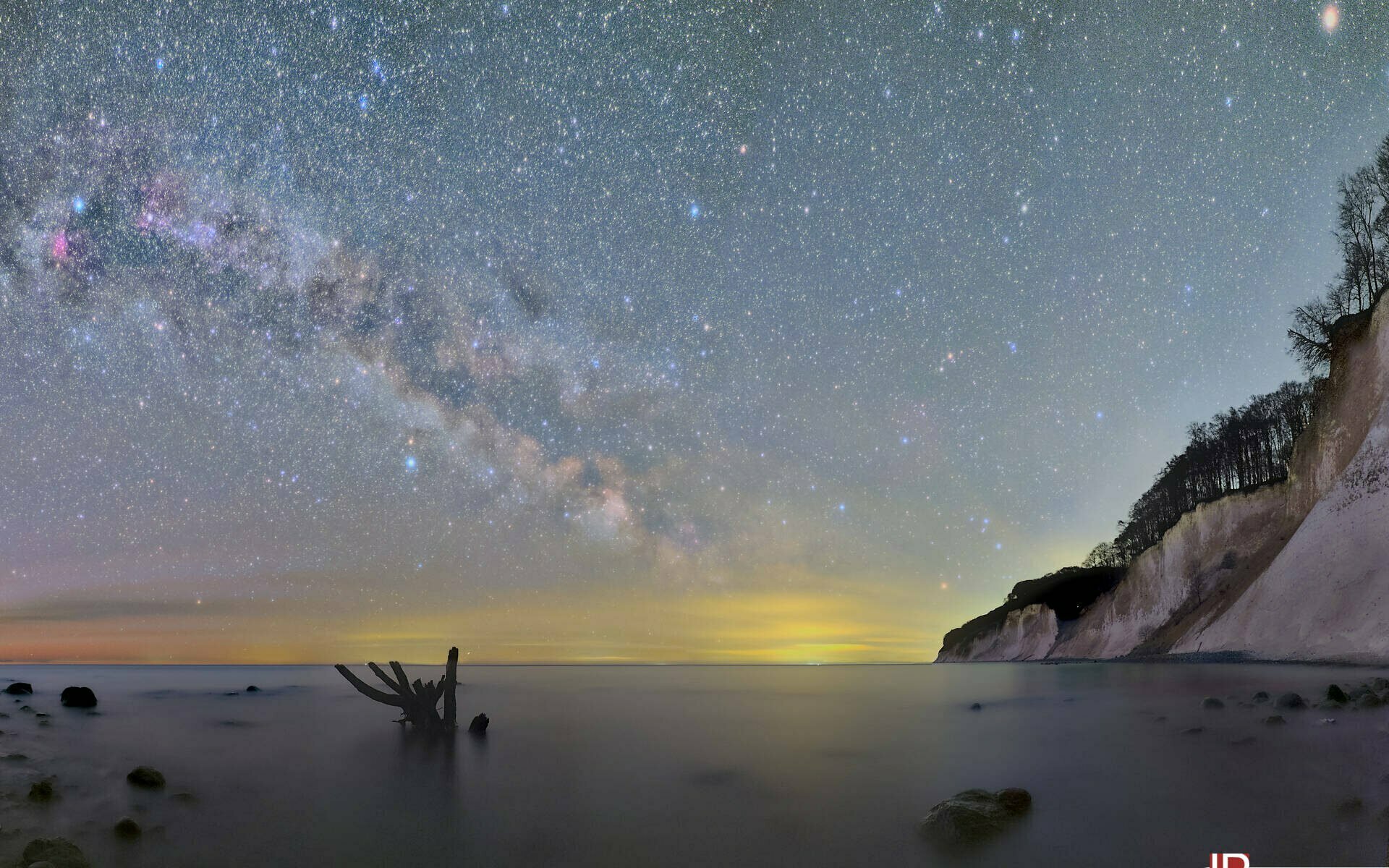Infrared Photography is known to show familiar landscapes in an abstract, artistic and new light. In Astrophotography or Star Photography, however, it is more a matter of portraying the objects as "naturally" as possible, just as we see them. This is especially important for night landscapes, where there is also an exciting foreground to photograph.
Modern digital cameras have excellent sensitivity combined with good noise performance and high dynamic range. Yes, you can even capture the starry sky in acceptable quality with your smartphone. So what on earth is there to improve in this kind of photography?

In a nutshell, the red sensitivity of non-modified cameras is very poor. But especially in the red band there are many celestial objects to observe, it is about the important H-alpha radiation. With an Astro conversion, a normal digital camera can see this range excellently.
In addition to a proper " Astrofilter", a Full Spectrum Camera Conversion can also make the H-Alpha radiation visible to the sensor. I have summarized the various advantages and disadvantages of these filter options for telescope imaging and nightscapes in a new article. There is also a new section in the store where you can order your camera's Astro conversion directly.


